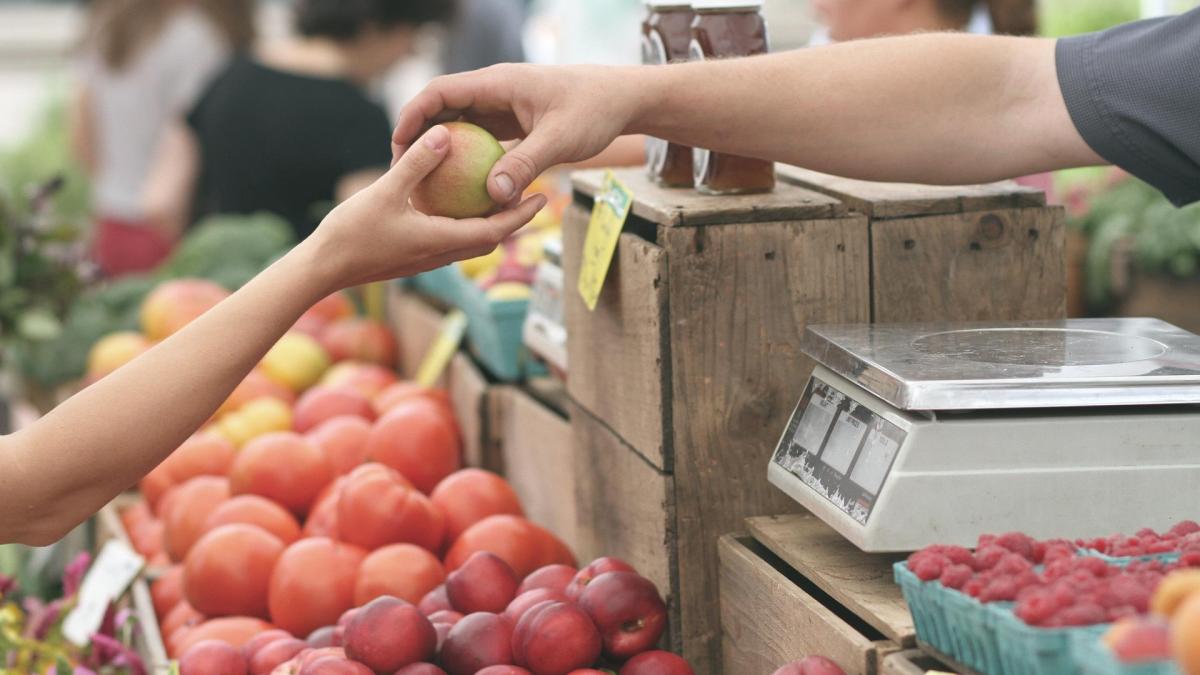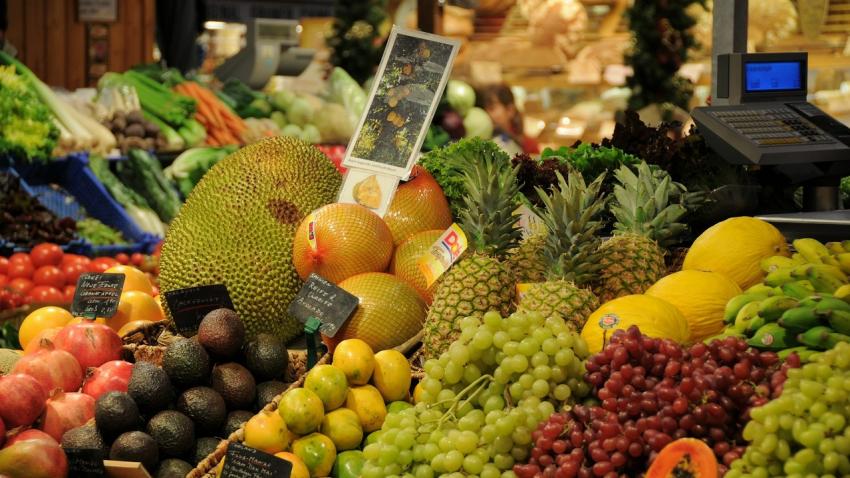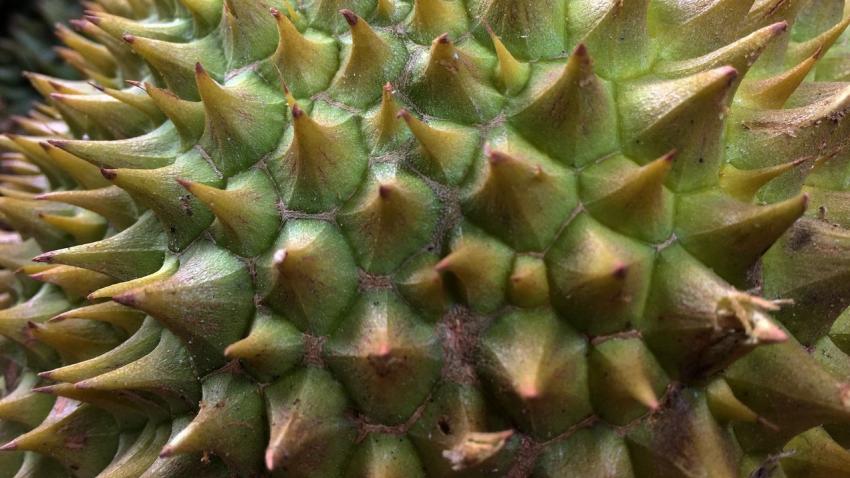You are here
Back to topUS and China Reach Trade Deal, Suspend Tariffs and Export Controls

Following a meeting between Chinese President Xi Jinping and U.S. President Donald Trump in Busan on Oct. 30, a spokesperson for China’s Ministry of Commerce announced that the United States would suspend for one year the implementation of its Section 301 measures on China’s maritime, logistics and shipbuilding industries. Correspondingly, China agreed to suspend all retaliatory tariffs on the United States.
On March 4, 2025, the United States raised tariffs on Chinese goods from 10% to 20%, with some products seeing combined rates exceeding 40%. In response, China imposed additional tariffs on U.S. imports, including 15% tariffs on chicken, wheat, corn and cotton and 10% tariffs on sorghum, soybeans, pork, beef, seafood, fruits, vegetables and dairy products. Over the following six months, further tariffs on Chinese imports prompted additional Chinese retaliation.
Under the Busan agreement, both sides committed to a series of measures aimed at stabilizing bilateral trade. China agreed to suspend retaliatory tariffs and non-tariff measures imposed since March 2025, to open its market to U.S. agricultural exports, and to take steps to curb the flow of fentanyl and drug precursor chemicals into the United States. China also pledged to relax certain export controls on rare earths and critical minerals, resume trade for semiconductor production, and terminate investigations targeting U.S. companies in strategic sectors. In turn, the United States agreed to reduce certain tariffs on Chinese imports, maintain the suspension of heightened reciprocal tariffs and extend the suspension of certain Section 301 measures, including tariff exclusions and end-user controls, for one additional year.
China has approved a range of U.S. agricultural products for import without retaliatory tariffs, including fruits such as cherries, apples, citrus fruits, blueberries, avocados, plums, grapes, pears, strawberries and peaches, as well as nuts including pecans, almonds, walnuts, pistachios, macadamias and hazelnuts.
Image: Pixabay
This article was based on a Chinese article. Read the original article.














Add new comment